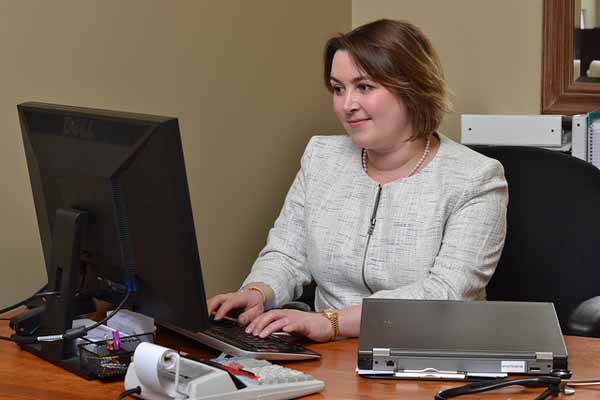
Federal authorities have released a frequently asked questions (FAQ) document on providing “good faith estimates,” included as part of the federal No Surprises Act geared toward curbing surprise medical bills.
As defined by the Centers for Medicare & Medicaid Services (CMS), the good faith estimate (GFE) is “a notification that outlines an uninsured (or self-pay) individual’s expected charges for a scheduled or requested item or service.”
The four-page FAQ addresses six questions related to GFEs, such as whether the GFE notification must include a diagnosis code even if a practitioner or facility doesn’t know the patient’s diagnosis at the time of scheduling. The answer, according to the FAQ prepared by the U.S. Department of Health and Human Services, is no.
“A provider or facility is required to provide a diagnosis code only where one is required for the calculation of the GFE. For example, in situations in which a provider or facility has not determined a diagnosis, such as for initial screening visits or evaluation and management visits; or if there is not a relevant diagnosis code for an item or service, such as for certain dental screenings or procedures, providers and facilities are not required to include diagnosis codes on a GFE,” the FAQ says. “However, the provider or facility must include the expected charges and service codes for the items and services to be furnished during that visit, even when no diagnosis code is available.”
The FAQ also addresses whether practitioners must provide expected charges for future visits in the GFE for an initial visit; how a patient’s change in insurance between appointment scheduling and arrival would affect GFE requirements; and more. It’s available on the CMS website.
For updates and other resources on the federal No Surprises Act, check out TMA’s resource center.
Last Updated On
February 10, 2023
Originally Published On
April 20, 2022